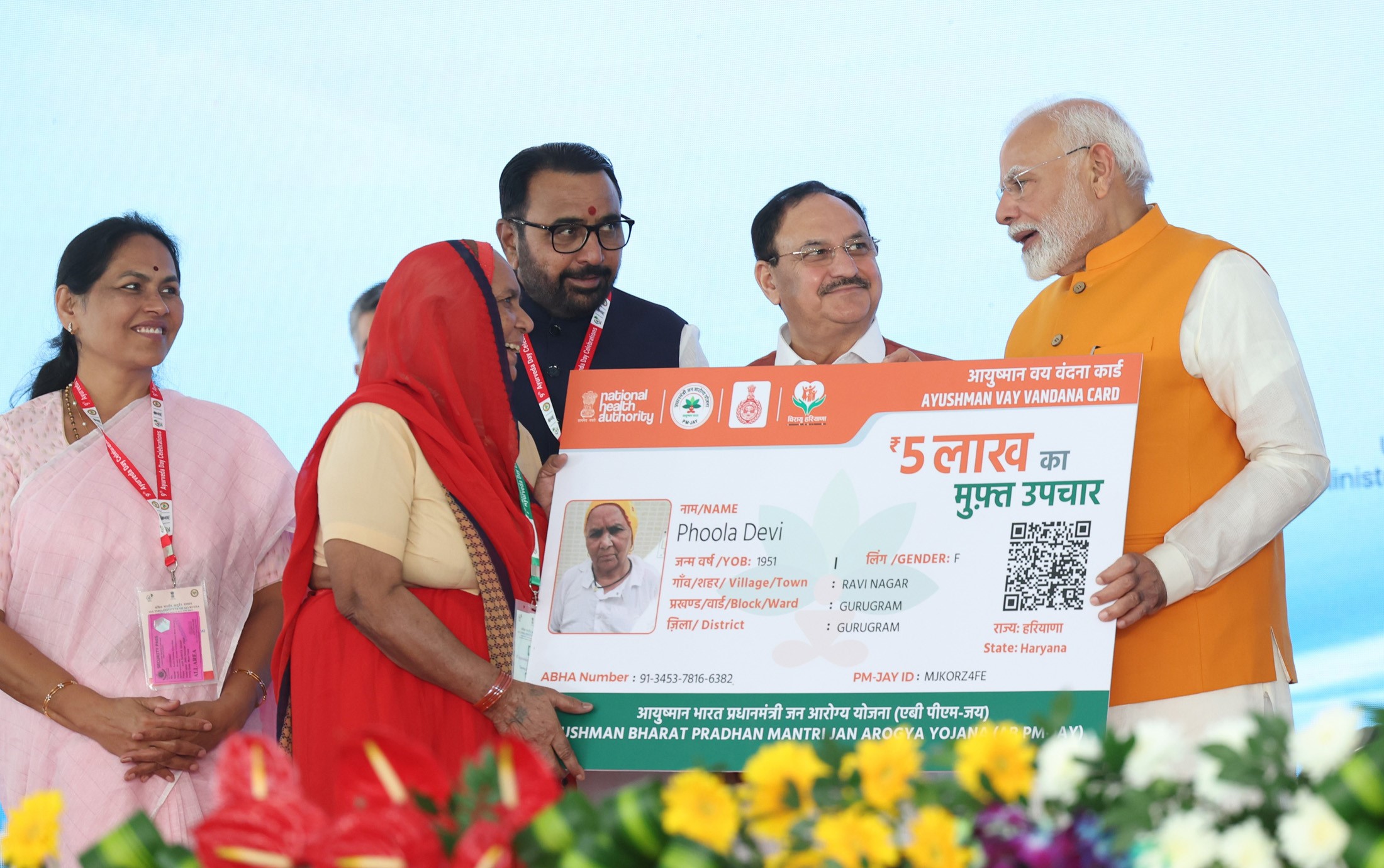The World Health Organization (WHO) has confirmed the first bird flu case in India for this year, involving a four-year-old child from West Bengal. Diagnosed with the H9N2 strain of bird flu in late January, the child experienced severe respiratory distress requiring two ICU admissions and was finally discharged with oxygen support in May. This marks the second reported human case of the H9N2 strain in India, with the first case reported in 2019.
Details of the West Bengal Case
The young patient initially presented with fever, abdominal pain, and seizures, prompting a visit to a paediatrician. The child’s condition deteriorated, leading to severe respiratory distress and recurrent high fevers. Admitted to a local hospital ICU, the child was first discharged at the end of February but had to be readmitted on March 3 due to worsening symptoms. A swab sample sent to the National Institute of Virology confirmed the presence of the H9N2 virus. The likely source of infection is believed to be poultry in and around the child’s home.
Why This Case is Concerning
Ongoing Virus Circulation: The WHO anticipates sporadic human cases of H9N2 due to its presence in poultry populations. Human cases are usually mild, but some, like the West Bengal case, can require hospitalisation. Though H9N2 has not yet shown the ability to transmit from human to human, vigilance is essential.
Concurrent Strains: An additional bird flu case in Australia, thought to have originated in Kolkata, involved a different strain, H5N1, highlighting varied sources of infection and the complexity of tracking avian influenza.
Increased Monitoring and Pandemic Potential
The recent focus on avian influenza intensified following reports of H5N1 infections among dairy farm workers in the US. With both low and highly pathogenic strains present, particularly in birds, monitoring efforts have ramped up. Dr. E. Sreekumar of the Institute of Advanced Virology-Thiruvananthapuram emphasised the need to prevent the spread of infection and to monitor for any changes that could increase transmissibility among humans.
The WHO has called for enhanced surveillance across animal and human populations, stressing the importance of investigating zoonotic infections and pandemic preparedness planning.
Preventing Bird Flu Infection
Preventive measures are crucial, especially for those handling poultry. Key recommendations include:
Minimize Contact: Avoid contact with poultry, contaminated environments, and dead animals.
High-Risk Groups: Children, the elderly, and pregnant women should avoid handling poultry, collecting eggs, or preparing poultry products.
Hygiene: Wash hands thoroughly with soap and water, especially before and after handling animals.
Safe Consumption: Cook poultry and eggs properly, and avoid cross-contamination between raw and cooked food.
By adhering to these precautions, the spread of bird flu can be mitigated, protecting both public health and the poultry industry.
















